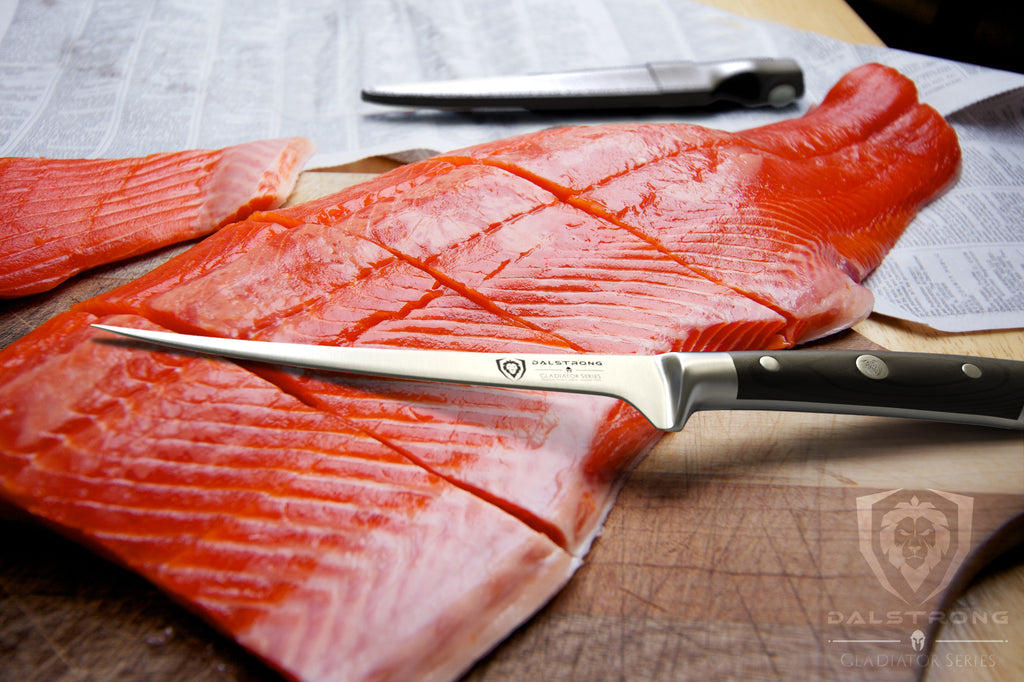Folding utility knives are highly versatile tools used by many, from professional contractors to DIY enthusiasts and kitchen hobbyists. Knowing how to change the blade in a folding utility knife ensures your tool remains efficient and safe to use.

Understanding the Utility Knife
What is a Folding Utility Knife?
A folding utility knife features a handle that folds to enclose and protect the blade when not in use, making it convenient and safe to carry. The key feature of these knives is their replaceable blade system, which allows users to switch out dull or damaged blades quickly and easily.

Things Needed
Essential Tools and Equipment
- A folding utility knife
- A new blade
- Safety gloves

Step-by-Step Guide
Step 1: Safety First
Before you begin, put on a pair of safety gloves to protect your hands from accidental cuts. Make sure your work area is clean and well-lit.
Step 2: Opening the Knife
Open the folding utility knife to expose the blade. Many models have a button or a lever that you need to press to unlock the blade.
Step 3: Removing the Old Blade
Release the old blade by pressing the blade release button or lever. Carefully slide the blade out and dispose of it properly.
Step 4: Inserting the New Blade
Carefully insert the new blade into the slot, ensuring it is securely held by the locking mechanism. Listen for a click or visually check that the blade is locked in place.
Step 5: Testing the Knife
Once the new blade is in place, carefully fold and unfold the knife to ensure it operates smoothly. Test the blade by making a few cuts to ensure it is securely locked and performing efficiently.

Maintenance Tips
Keeping Your Utility Knife in Top Condition
- Regularly clean the knife to remove debris.
- Lubricate the folding mechanism for smooth operation.
- Keep spare blades in a safe, dry place.
Common Mistakes to Avoid
Avoid These Errors When Changing Blades
- Failing to wear safety gloves.
- Using a damaged or unsuitable blade.
- Not ensuring the blade is securely locked in place.
Advanced Tips
Enhance Your Efficiency
- Use high-quality replacement blades for better performance.
- Consider upgrading to a utility knife with an easy-change blade mechanism.
- Practice proper blade disposal to maintain safety.
Safety Precautions
Stay Safe While Changing Blades
- Always wear safety gloves.
- Keep the knife away from children.
- Follow the manufacturer’s guidelines.
FAQs
What if I can’t remove the old blade?
If you find it difficult to remove the old blade, check for any locking mechanism or debris that’s blocking the release. Refer to your knife’s manual for specific instructions.
Can I use any blade for my utility knife?
No, it’s essential to use blades that are recommended by the manufacturer to ensure a secure fit and proper function.
How often should I change the blade?
The frequency of blade changes depends on how often you use the knife and the materials you are cutting. If the blade feels dull or is tearing materials, it’s time for a change.
Internal and External Resources
Additional Reading
Check out these resources for more tips:
External Link
For more information on knife care, visit how to clean a knife.
As an Amazon Associate, I earn from qualifying purchases.


